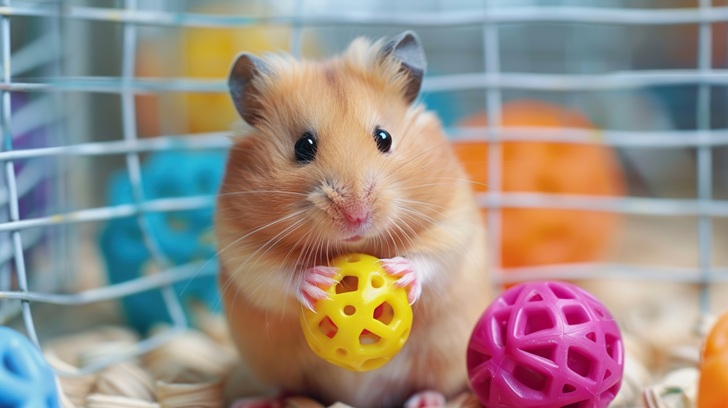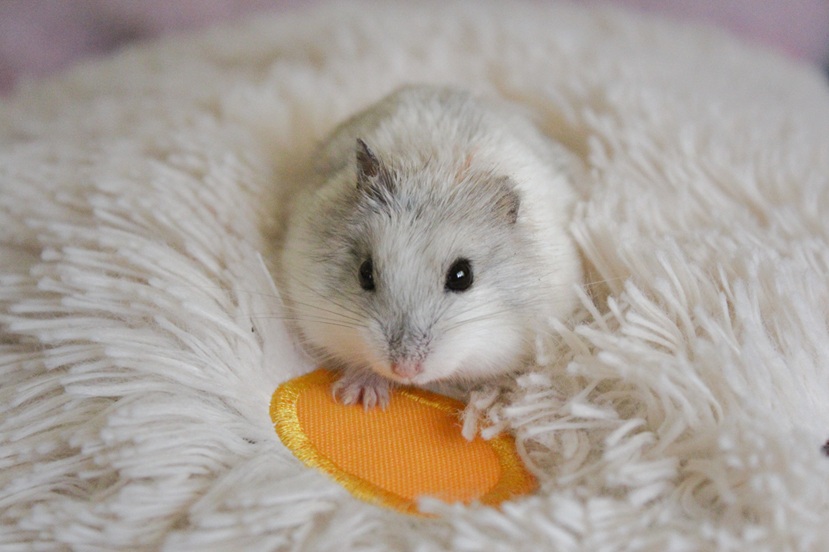Ways for dogs to stay energetic and healthy
Dogs thrive on vitality—whether chasing a ball in the park, exploring trails, or curling up beside you after a day of fun, their energy and health are the foundation of a happy, long life. Unlike passive care, fostering lasting energy and wellness requires intentional habits that nourish their bodies, stimulate their minds, and support their emotional needs. Below are science-backed, actionable ways to keep your canine companion active, vibrant, and thriving.

1. Fuel with Nutritious, Tailored Diet
Energy starts with what’s in the bowl—dogs need a balanced diet that matches their age, breed, activity level, and health status to maintain stamina and avoid fatigue. Opt for high-quality dog food where real protein (chicken, salmon, beef) is the first ingredient, as protein supports muscle strength and sustained energy. Avoid foods loaded with empty fillers (corn, soy, wheat) or artificial additives, which can cause energy crashes or digestive issues.
Adjust portions and nutrients as your dog ages: Puppies need calorie-dense, protein-rich meals to fuel growth spurts; adult dogs require consistent portions to prevent obesity (a major drain on energy); senior dogs benefit from joint-supporting ingredients (glucosamine, chondroitin) and easily digestible proteins to stay active without strain. Add fresh, dog-safe fruits and veggies (blueberries, carrots, green beans) as low-calorie snacks for an extra boost of vitamins and antioxidants, and always provide access to clean, fresh water—dehydration is a quick way to sap energy.
2. Engage in Regular, Varied Exercise
Exercise is non-negotiable for keeping dogs energetic, but it doesn’t have to be monotonous. The key is to match activity to your dog’s needs: High-energy breeds like Border Collies or Australian Shepherds thrive on 60–90 minutes of vigorous exercise daily (running, agility training, fetch, or hiking), while smaller breeds like Pugs or Shih Tzus stay healthy with 20–30 minutes of brisk walks, indoor play, or interactive games.
Mix up the routine to keep things exciting—try a new trail, set up a scavenger hunt in the backyard (hiding treats for them to sniff out), or play tug-of-war with a durable rope toy. Incorporate both aerobic exercise (to boost heart health) and strength training (like climbing stairs or balancing on a low beam) to build endurance. Even senior dogs benefit from gentle activity—short, frequent walks or swimming (low-impact on joints) help maintain muscle mass and prevent lethargy.
3. Stimulate Their Minds to Avoid Boredom
A bored dog is often a low-energy dog—mental stimulation is just as crucial as physical activity for keeping their brains sharp and spirits high. Dogs are natural problem-solvers, so challenge them with puzzle toys that require figuring out how to get treats (e.g., treat-dispensing balls, snuffle mats). Teach them new tricks or commands (sit, stay, roll over, or even fun ones like “high five”)—training sessions not only engage their minds but also strengthen your bond and boost their confidence.
Socialization is another form of mental stimulation: Arrange playdates with other friendly dogs, visit a dog park, or enroll in a group training class. Interacting with other dogs and people keeps them curious and prevents loneliness, which can lead to apathy. For dogs that spend time alone, leave interactive toys or a Kong stuffed with peanut butter (unsalted, no xylitol) to keep them occupied—boredom often leads to destructive behaviors, which are a sign of unmet mental needs.
4. Prioritize Preventive Health Care
Good health is the backbone of energy—small, consistent preventive measures can help avoid illnesses that drain vitality. Schedule annual veterinary check-ups (bi-annual for seniors) to catch potential issues early, such as dental disease, thyroid problems, or joint pain—all of which can leave dogs feeling tired and sluggish. Stay up-to-date on vaccinations and parasite prevention (fleas, ticks, heartworms), as infections can cause chronic fatigue and serious health complications.
Don’t overlook dental care: Poor oral health leads to gum disease, bad breath, and even systemic infections that affect energy levels. Brush your dog’s teeth 2–3 times a week with dog-specific toothpaste, offer dental chews, and schedule professional cleanings as recommended by your vet. Additionally, maintain a regular grooming routine—brushing their coat, trimming nails, and cleaning ears not only keeps them looking good but also allows you to spot skin issues, parasites, or abnormalities that might be causing discomfort.
5. Foster Emotional Well-Being and Routine
Dogs are social, routine-loving creatures—emotional stress or instability can zap their energy just as much as physical illness. Create a consistent daily schedule (feeding times, walks, play sessions, bedtime) to give them a sense of security—predictability reduces anxiety and helps them feel grounded. Spend quality time with your dog each day: Cuddles on the couch, gentle petting, or quiet moments together strengthen your bond and fulfill their need for companionship.
Avoid leaving your dog alone for extended periods (more than 8 hours) whenever possible—loneliness and anxiety can lead to depression and low energy. If you must be away, consider a dog walker, pet sitter, or doggy daycare to provide human interaction and activity. Pay attention to their body language: Lethargy, loss of appetite, excessive sleeping, or withdrawal can be signs of stress or illness—address these issues promptly to help them regain their spark.
Final Thoughts
Keeping your dog energetic and healthy isn’t about grand gestures—it’s about small, consistent choices that support their physical, mental, and emotional well-being. By feeding them well, exercising them regularly, stimulating their minds, prioritizing preventive care, and nurturing their emotional needs, you’ll help them live a life full of energy, joy, and vitality. Remember, every dog is unique—pay attention to their individual preferences and adjust these strategies to fit their personality and lifestyle. After all, a lively, healthy dog is a happy dog—and a happy dog makes for a happy home.





